Design matters: What to look for in a design/build firm
Remodeling an older home—with all its quirks and character—is a particular kind of challenge. There are structural issues to be considered, tight spaces to be navigated, and hidden obstacles along the way.
That’s why, if you’re hiring a design/build firm, one thing matters even more than seeing their beautiful before-and-after photos: their design process.
A clear, proven design process is the difference between crossing your fingers that the project turns out and feeling confident every step of the way.
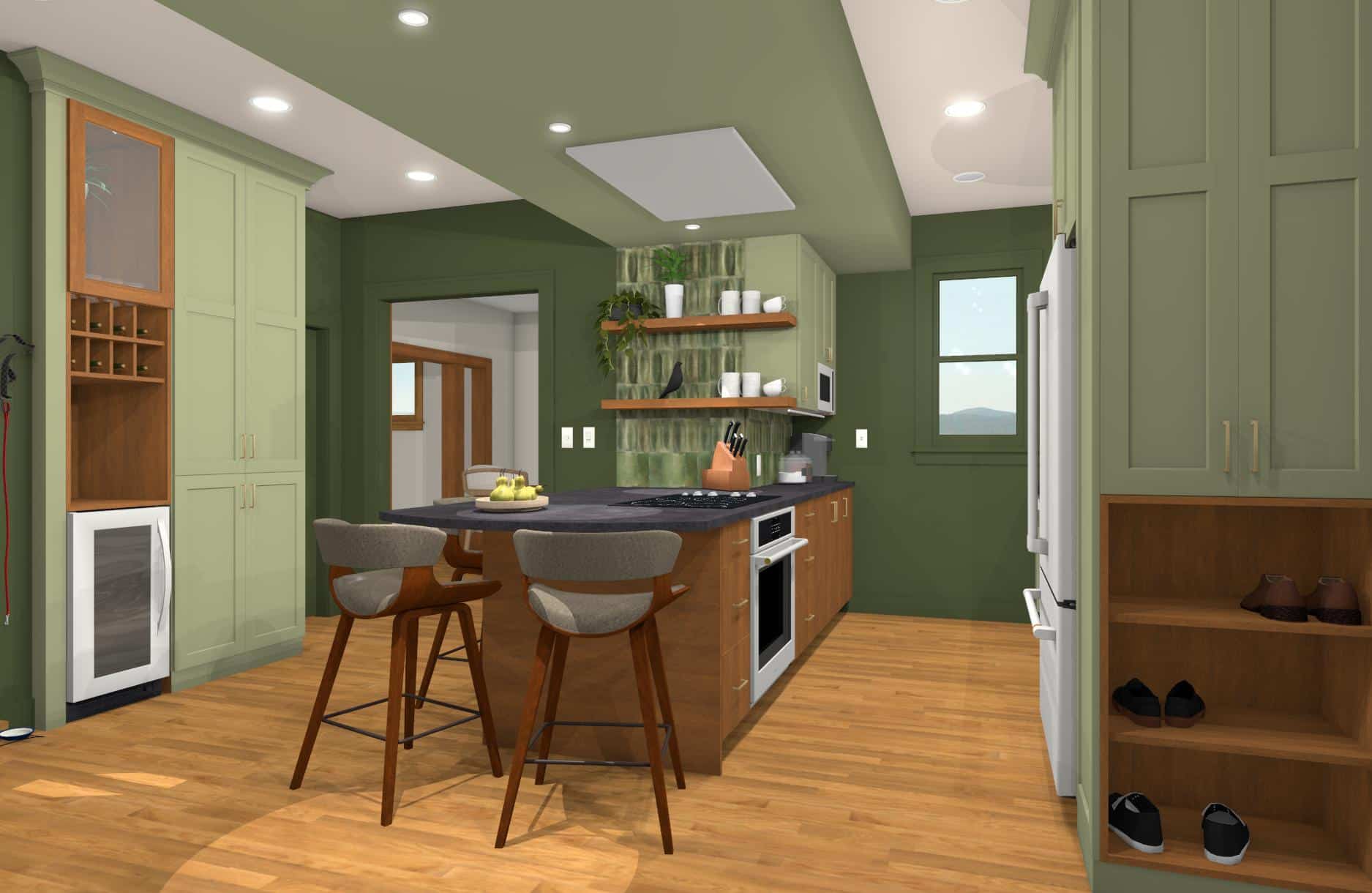
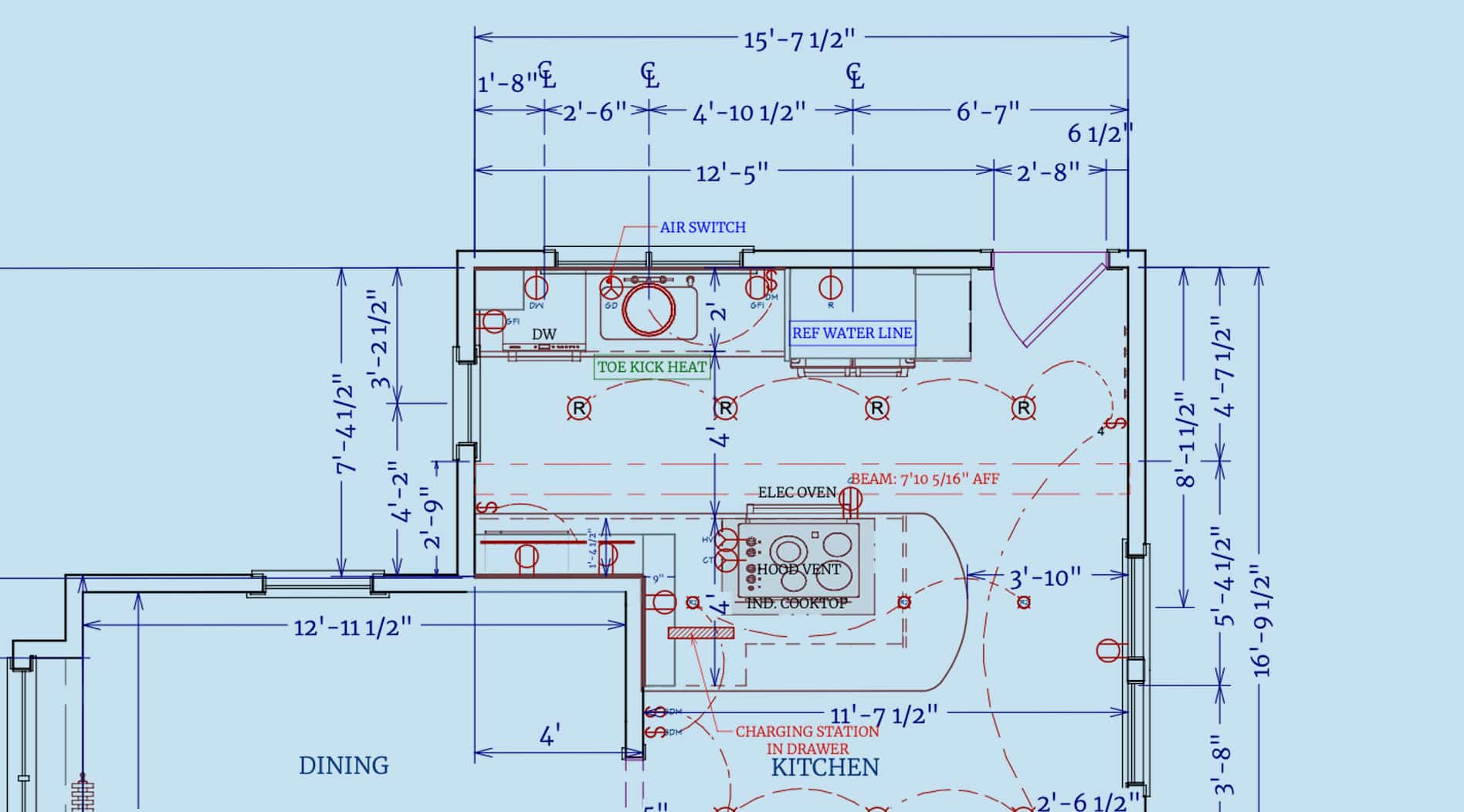
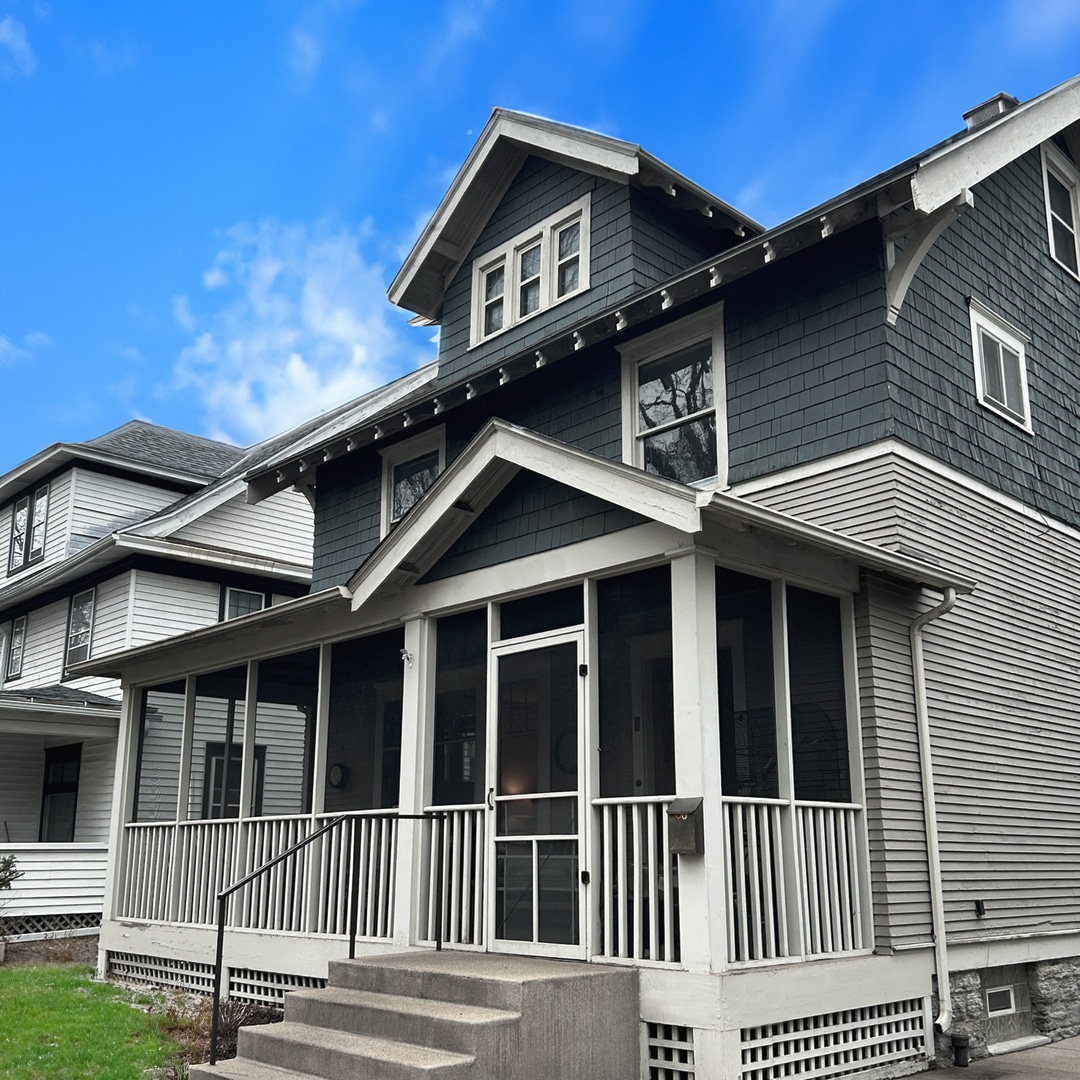
When you’re evaluating potential partners for your remodel, it’s worth digging into how they work—not just what they create.
So what should you be looking for?
How do you decide which design/build team is best for your project? We sat down with Brittany Vogel, a senior designer at White Crane Design:Build, for some suggestions. Her team specializes in remodeling the older homes throughout Minneapolis and St. Paul.
Here are 12 best practices you should expect to see in a good design/build team:
1. They’re transparent about costs, right from the beginning.
For homeowners, every remodel starts with a big question: How much this project is going to cost? The best design/build firms will address this with you early.
“We like to have the conversation right away, on our first call,” says Brittany. “I usually ask ‘How are you planning on financing this project?’ and then it goes from there. It’s important that we know if financing will be involved, because we’ll want to get the ball rolling for that right away.”
“Also, I don’t want to overdesign or underdesign a project,” she says. “If I design something that’s way over what they can spend, that’s disappointing for everyone. Or if I’m making a bigger deal out of keeping the budget low than what the client has in mind, then they’ll be underwhelmed—and, again, nobody’s happy. So we talk ballpark ranges right away.”
“It doesn’t have to be the monster in the room— understanding how much a project will cost. For us, that conversation is happening throughout the entire process.”
2. They educate you on financing options.
If you do need to secure financing, you’ll need to get that ironed out before design work can begin. Your design/build firm should be able to provide some coaching on that.
“These days, if people say they want a HELOC, I’m usually educating them a bit,” says Brittany, “because it’s not the best option for every homeowner. I try to give information that’s helpful for people so they can explore all their financing options. RenoFi is an option that’s not as well known and not very many banks offer it, and it’s sort of like a hidden gem.”
3. They’ve put their process into writing.
Be sure the firm you’re working with has a clear, step-by-step process in place. As an example, here’s White Crane’s 10-Step Process, which is designed to keep projects moving smoothly, from start to finish.
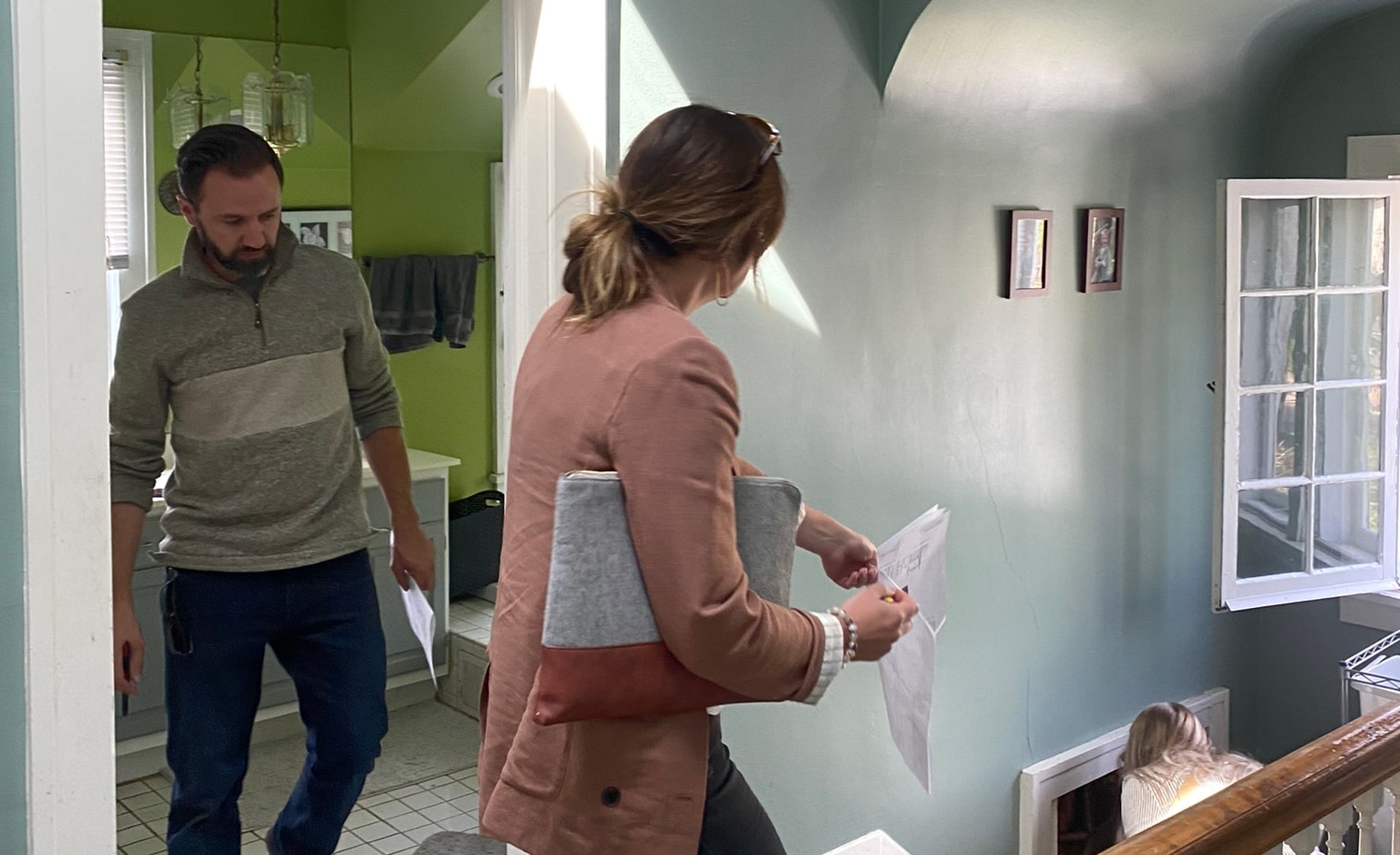
4. They insist on walking through your space.
If you’re talking with a design/build firm and they haven’t yet offered to come walk through your house, that might be a red flag. A good designer knows they need to physically be in the space to fully understand what’s needed.
For example, at a recent walkthrough for a White Crane kitchen remodel, Brittany says she noticed several challenges she wouldn’t have been able to catch in photos.
“Being there in person,” she says, “I could see that their kitchen had a doorway that came from the dining room, a doorway that went outside, and a staircase that went upstairs. That meant there were a few things to consider in terms of flow and how you get in and out of the house. Those are things you can’t really see unless you’re there in person.”
“I always ask if we can go outside so I can see if there are any challenges we might run into, as far as adding windows, moving windows, vent pipes, landscaping, things like that.”
5. They see things you don’t.
One of the biggest advantages to hiring a designer is they understand things you don’t about designing a remodel. And you’ll know you have a good designer if they start pointing things you’ve never noticed.
“When I walk into a space at a home consultation—no matter what type of project it is—I’m going to start saying, ‘Here’s something we might need to consider,’ or, ‘Here’s a challenge we might run into,” says Brittany. “If my clients have told me they want to remodel their kitchen, and I see there’s been water damage, or the kitchen definitely doesn’t meet code, or we’re going to run into issues meeting code, I’m going to be noting that. Or if we’re talking about an addition, we’ll be thinking about property setbacks and lot coverage from the very beginning.”
“I’m thinking about all the things that might help or hurt us in the design process,” she says, “and we’ve been around the block enough times to know the issues we’re going to run into.”
“We don’t want to show you a design that ultimately we find out is not feasible.”
6. They factor in your lifestyle.
A design is only good if it truly enhances your actual life. That’s why the best designers will ask you a lot of questions that might seem unrelated to your remodel project.
They’ll ask you about your family. They’ll ask how you use your house. They’ll ask what you do in your spare time, what kind of foods you like to eat, and how you use your yard, just for starters. Why? Because all of that will impact the design they create.
“For a kitchen remodel, we start by talking about what sorts of things they like to cook,” says Brittany. “If someone is a baker, then countertop space is probably a high priority, or if someone likes to cook with a lot of spices, then we’re probably not going to propose granite countertops, for example, because they’re porous, so spices can potentially stain them.”
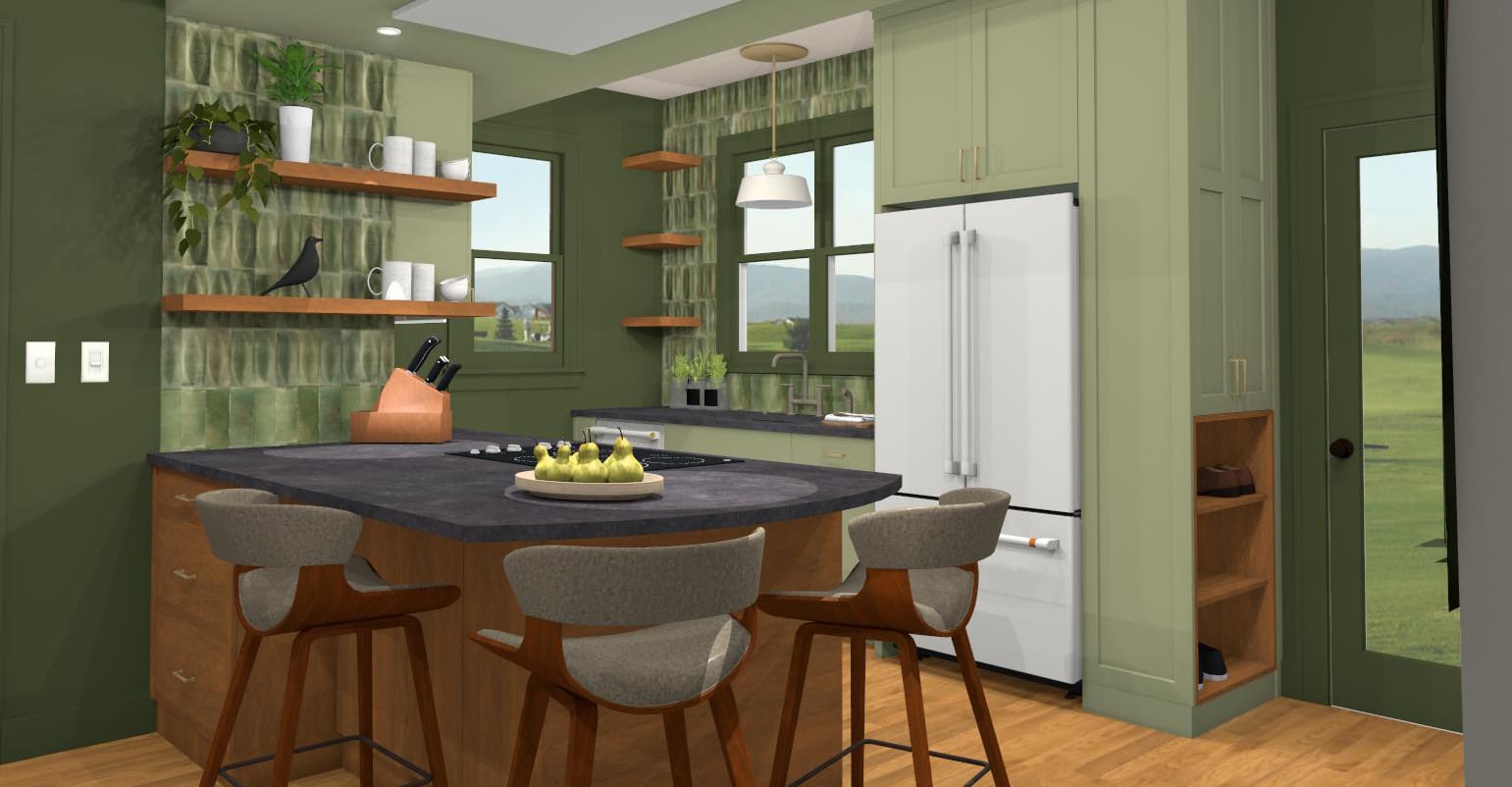
“One of the homeowners in this house isn’t able to stand for extended amounts of time—but he does like to cook. So we designed the island to be more of a peninsula, with room for stools. This way he’s able to sit down while he's chopping things.”
7. They’re extremely precise, even during the design stage.
A good design team will be meticulous in taking measurements at your house—before they provide a single design concept (let alone pricing). This process is called taking “as-built” measurements. They’ll measure the entire footprint of the house, they’ll capture photos, and they’ll mark the location of any heating ducts, plumbing, and electrical systems.
“If we’re touching all three or four floors of a client’s house, we will literally measure every wall, every ceiling,” says Brittany. “We’ll measure where all the doorways are, where there are windows, where there are radiators, all of that—so when we start putting together a design proposal, we’re taking all of those things into consideration. We know what’s outside the back door, right down the stairs into the landscaping. We know if we can put a dryer vent on this wall if we move the dryer to XYZ location, or if there is something outside the house that means that we can’t put the dryer vent there.”
8. They think beyond your list of requests.
You’ve called a design/build firm because you know what you want to do with your home, and, yes, you want them to respect your requests and your budget—but the best teams will think beyond your wish list.
They’ll think through the best way to solve what you’re needing—and they might also find other potential improvements as well.
“If someone tells me they want a full-size fridge and a gas range and a sink with two basins in it, I’m not just going to throw together any old floor plan and say, ‘Yep, I got a sink. Yep, I got a fridge. Yep, I got a gas range,’” says Brittany. “At White Crane, we really get into the details of how they’re going to function in the space.”
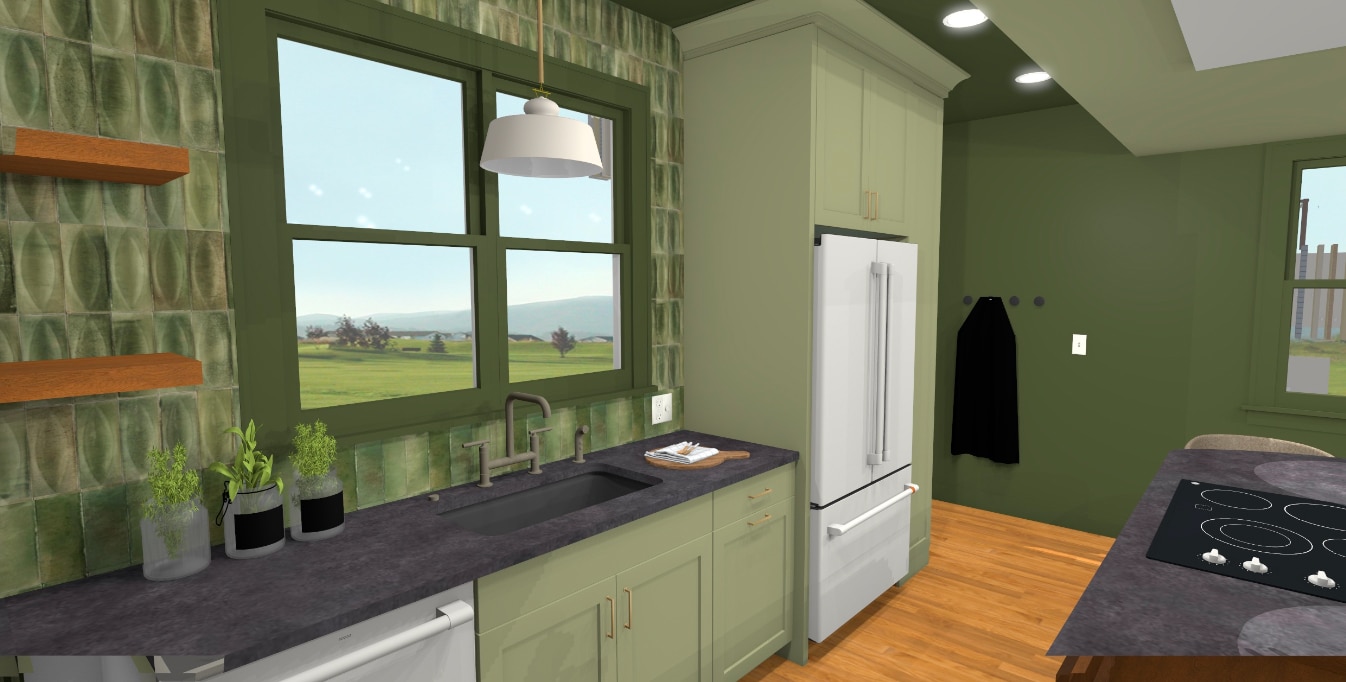
“We proposed adding a larger window in this kitchen so the couple would be able to enjoy their new backyard landscaping. That was something they were really excited about—and it was something they hadn’t specifically asked for.”
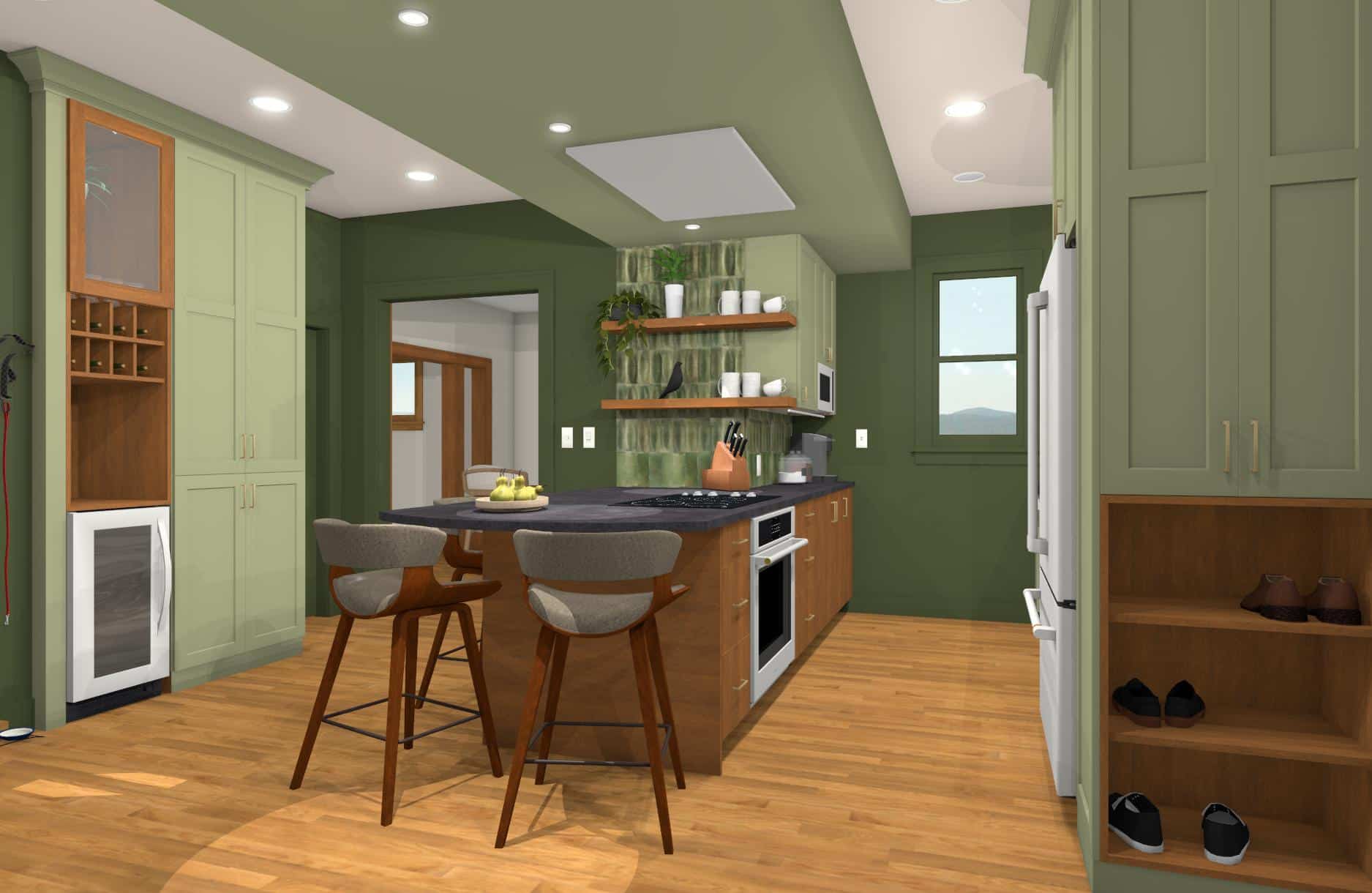
“We wanted the usability of this kitchen to be easy—so the clients are able to get from the sink to the stove to the refrigerator without walking around something.”
“We also proposed taking out one of their radiators so they could fit a pantry space in their kitchen.”
9. They solve problems you thought were unsolvable.
While some firms have cookie-cutter designs, the best firms are passionate about solving each remodel’s unique challenges. Here are some examples from a recent White Crane project of how that might look:
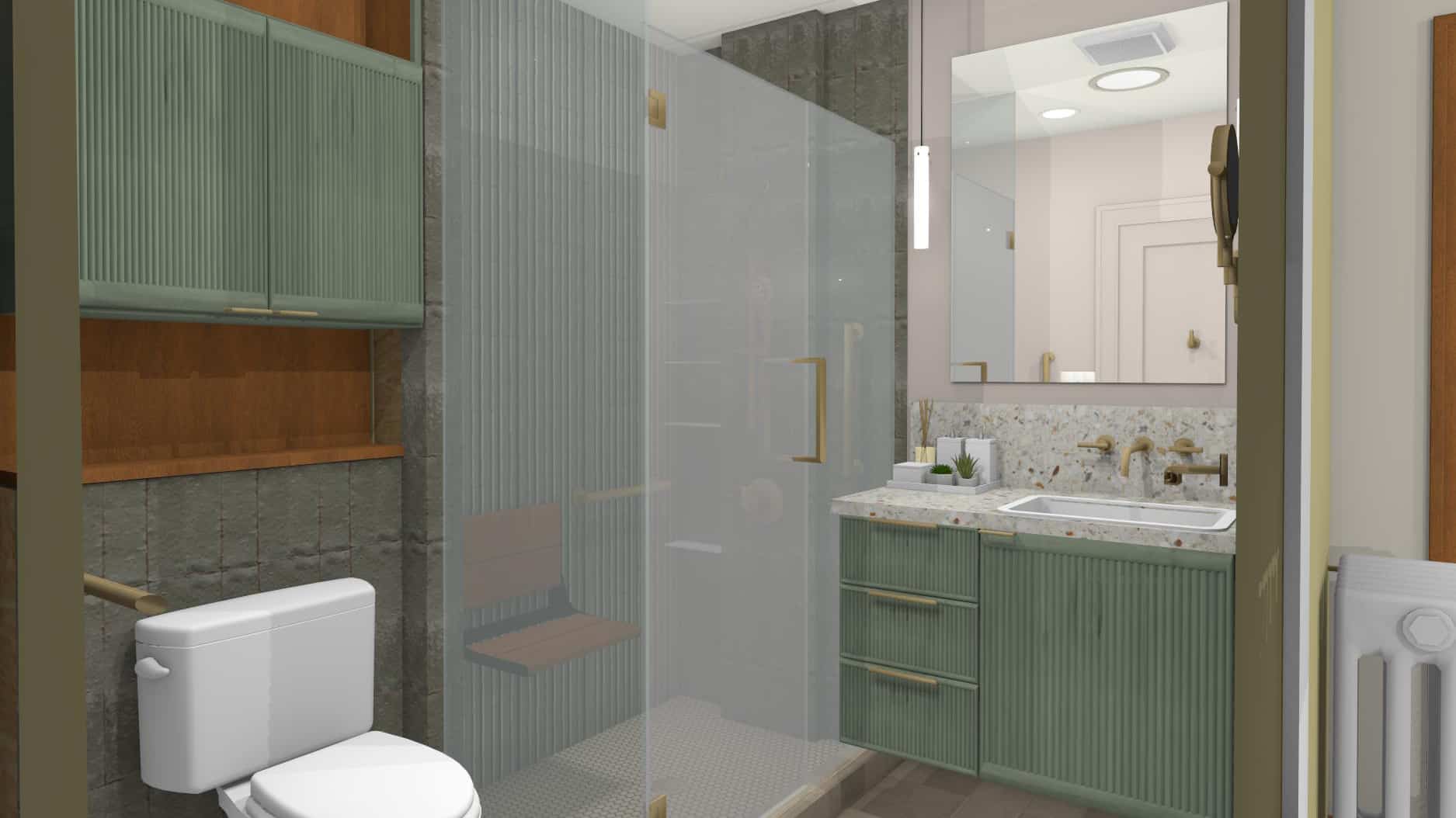
“For one of our plans, we were able to find a way to add a bathroom to the main floor. The homeowners were so excited. They never thought it was possible.”
10. They’ll guide your design selections—as much or as little as you’d like.
Some clients like to visit showrooms with their designers to make selections one by one. Others are overwhelmed by that process and would prefer a curated selection of options to choose from. Look for a design team that can match your preferences.
“If you’re the kind of person who wants to go visit tile rooms to find the exact shade of white subway tile, make sure you’ve got a design team that supports that,” says Brittany. “At White Crane, we’re always glad to go to showrooms with our clients, but I would say a good chunk of the time, people really appreciate a more curated experience, where they’re seeing something that fits with what they’re looking for, without having to pick it all out themselves.”
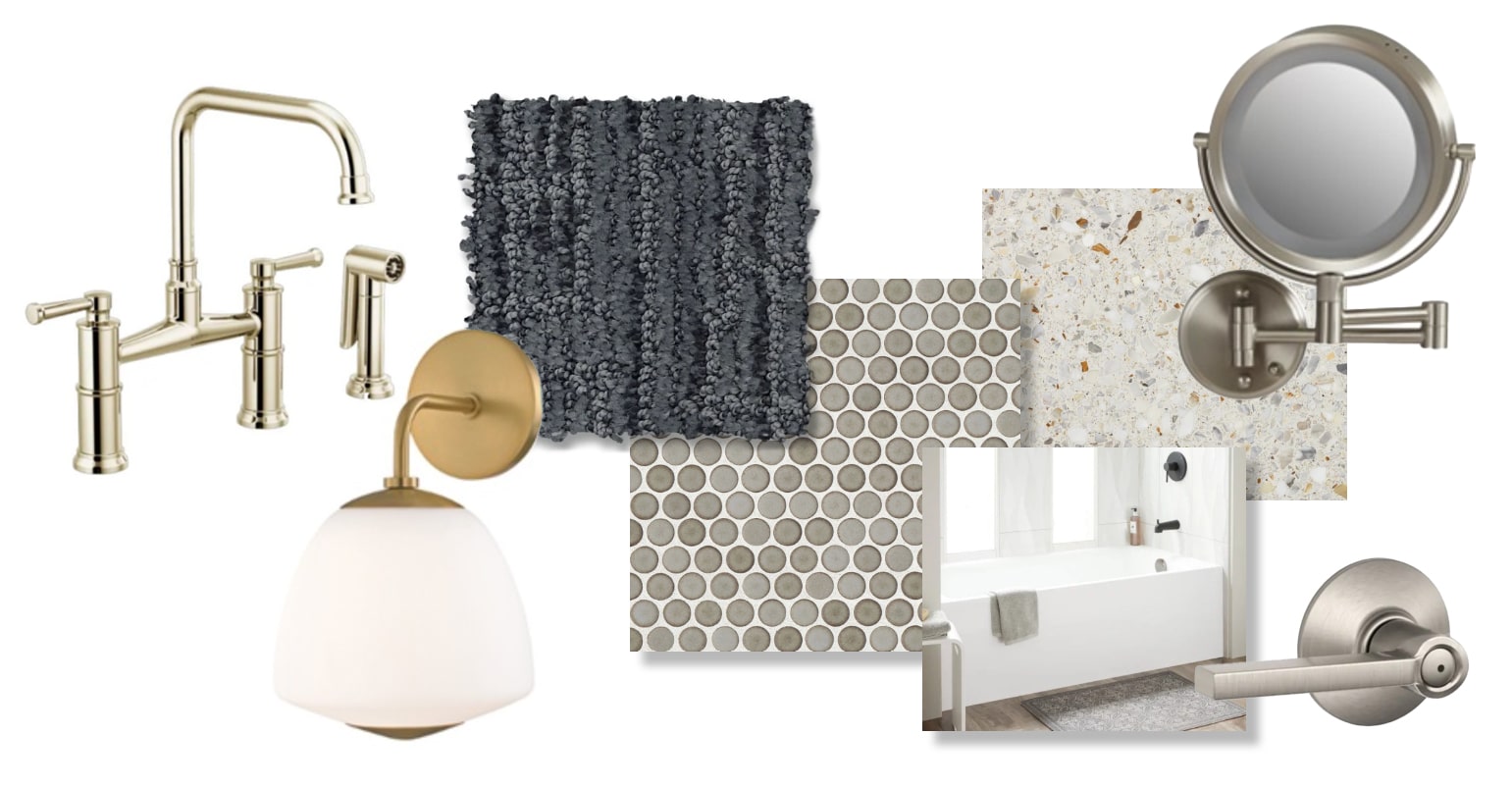
11. They make it easy to visualize your new design.
Today’s technology makes it easier than ever to view design concepts. Be sure to find a firm that can provide 3D renderings.
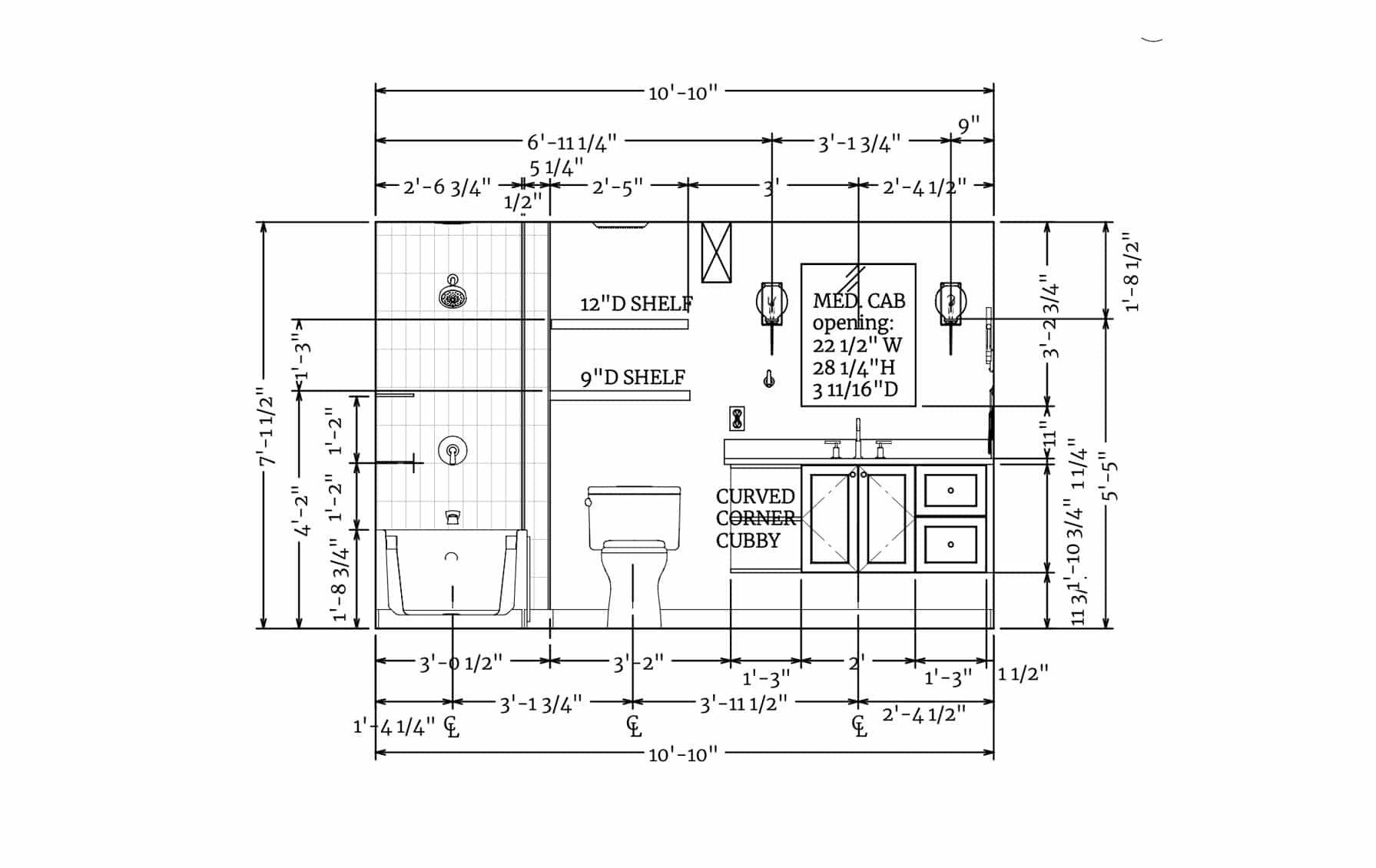
“We typically present both floor plans and a 3D rendering where we can virtually walk the client through the space.”
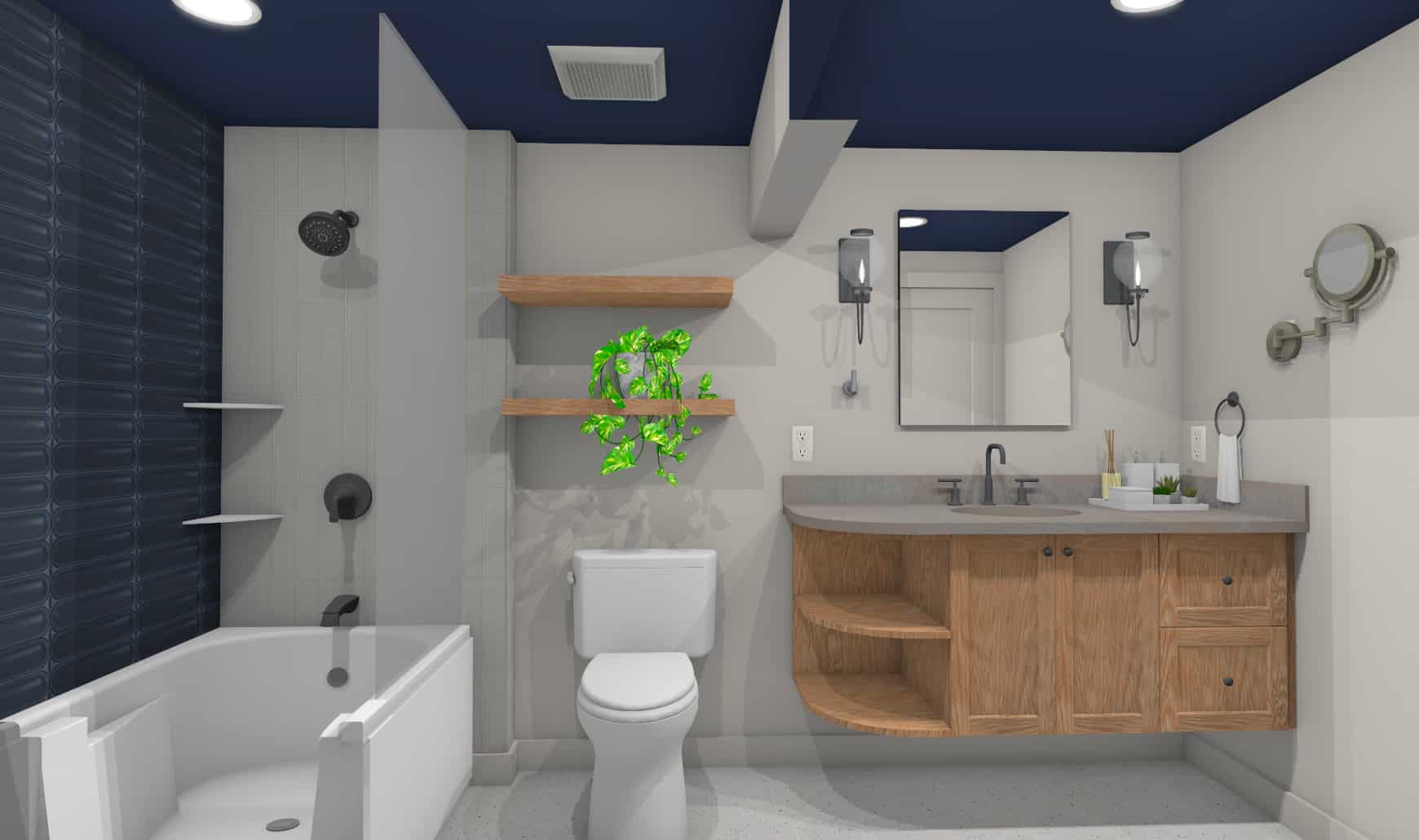
12. They handle all the subcontractors and oversee construction for you.
Again, this is one of the most important benefits of working with a design/build team. A good firm will have trade partners they trust to do the work well, and they’ll manage the process on your behalf.
“Once our clients sign off on a construction contract, we go through it line by line with each of our trade partners,” says Brittany, “and we make sure they have all the information they need to successfully complete this project. And we stay involved throughout the construction process.” As you’re narrowing down on the best design/build firm for your project, be sure to ask plenty of questions and research each firm. Ideally you’ll be able to see plenty of testimonials and insights into their design process—so you know they’re among the best of the best.
Looking for a design/build firm in Minneapolis or St. Paul?
Learn more about White Crane’s 10-Step Process here, check out success stories from their customers here, see inside our process here, and reach out to start a conversation today.